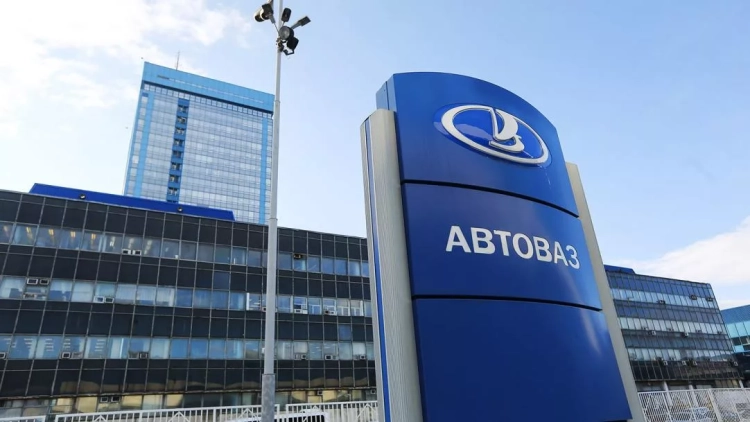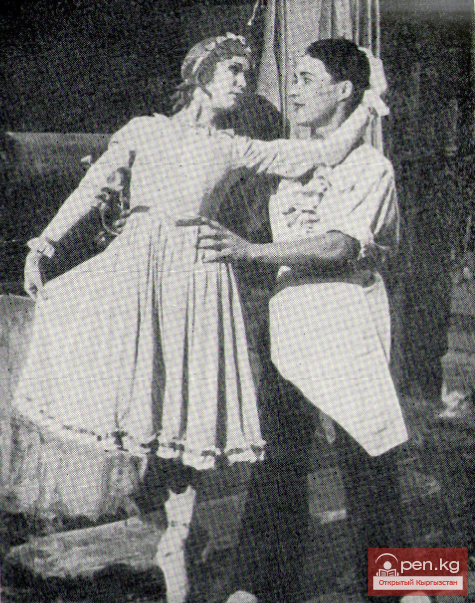
The second half of the 1950s was filled with activities aimed at restructuring design methods and...

The establishment of the first design institution laid the foundation for the formation of...

ASYLBEKOV Rayaman...

Abdykalykov Akymbek (1957), Doctor of Technical Sciences (2001)...

Sabitjan Bakashev places great importance on the beauty of pictorial texture and the brightness of...

AYDAROV Kalibek Toktobayevich...

Artistic and Stylistic Range of Young Artists' Works Possessing a gift for painting, most of...

ALBANSKY Alexander Mikhailovich...
In 2025, Kyrgyzstan will face a decrease in sugar production volumes due to unfavorable weather...
API error: no response...

Tentiev Jumabek Doctor of Technical Sciences, Professor, Corresponding Member of the National...

Academicism of Kyrgyz Painters Kulchoro Kerimbekov, Jakul Kozakhmetov, and Altymysh Usubaliev, who...

Integration of Artistic Cultures The international integration of artistic cultures has deepened...

Abdykalykov Akymbek Abdykalykovich Doctor of Technical Sciences, Professor. Born in 1957....

In the 1960s, in Kyrgyzstan, as in other republics of the country, a new stage in the development...

Creation of the Construction Industry Base in Osh Of course, the development of the city of Osh...

NUSOV Vladimir Efimovich...

Famous Russian traveler Fyodor Konyukhov is preparing his expedition to Lake Issyk-Kul to search...

Transition of Industry to Peaceful Rails. Transition of Industry to Peaceful Rails. With the end...
- From January to August 2025, Kyrgyzstan recorded an increase in the production volumes of several...

Licensing and accreditation of higher education institutions. For several years now, a...

Development of Industry and Culture in the Capital The number of industrial enterprises and...

Creative Team on a Breakthrough to Kyrgyzstan The period under consideration is a time of intense...

Kyrgyzstan has begun accounting for natural capital. The first step in this direction will be the...

Monumental forms of art in Kyrgyzstan during the 1960s to 1980s emerged at the forefront of...

Industrial architecture. Today, the industry of Kyrgyzstan comprises 130 sectors and sub-sectors....

Resolution of the Council of People's Commissars of the RSFSR On May 31, 1930 (i.e., at the...

The restlessness of the creative interests of artists, sensitive to the most important aspects of...
API error: no response...

ISAEV Askar Isaevich...
- From January to August 2025, Kyrgyzstan registered a decrease in oil and natural gas production...

According to the press service of Central Asia Capital, a memorandum for the establishment of the...

MILOV Mikhail Andreevich...

Matkarimov Suleiman Khaitbaevich (1936), Doctor of Technical Sciences (1991), Professor (1997),...

Before 1917, there were 6 semi-artisanal brick factories in Kyrgyzstan, mostly operating...

REPORT OF THE FRUNZE CITY COUNCIL OF THE FIFTH CONVOCATION TO THE COUNCIL OF PEOPLE'S...

Kurdyumova Valentina Mefodyevna (1937), Doctor of Technical Sciences (1997), Professor (1993)...

In the 1970s and 1980s, with a trend of steadily increasing ideological and artistic levels of...

The First Steps Towards Professional Kyrgyz Ballet Folk dances, based on elements of rituals and...
- From January to August 2025, meat production decreased by 1%, amounting to 10.4 thousand tons....

The development of new architecture began with the establishment of Soviet power in the territory...

Kutuev Mukhamediy (1949), Doctor of Technical Sciences (1994), Professor (1996) Kyrgyz. Born in...

Mobilization of All Internal Resources of the Kyrgyz SSR Speedy construction methods, which...

KUTSEMELLOV Leonid Gavrilovich...

Among the sources utilized to address the issue of the ethnogenesis of a particular people, to...

Disagreements between Kamensky and Abdrakhmanov In the early 1920s, Yu. Abdrakhmanov worked as the...

Archives for 1941—1945 The first edition of the book "Soviet Kyrgyzstan in the Great...

At the III Congress of Architects of Kyrgyzstan (1954), the issue of training personnel from the...